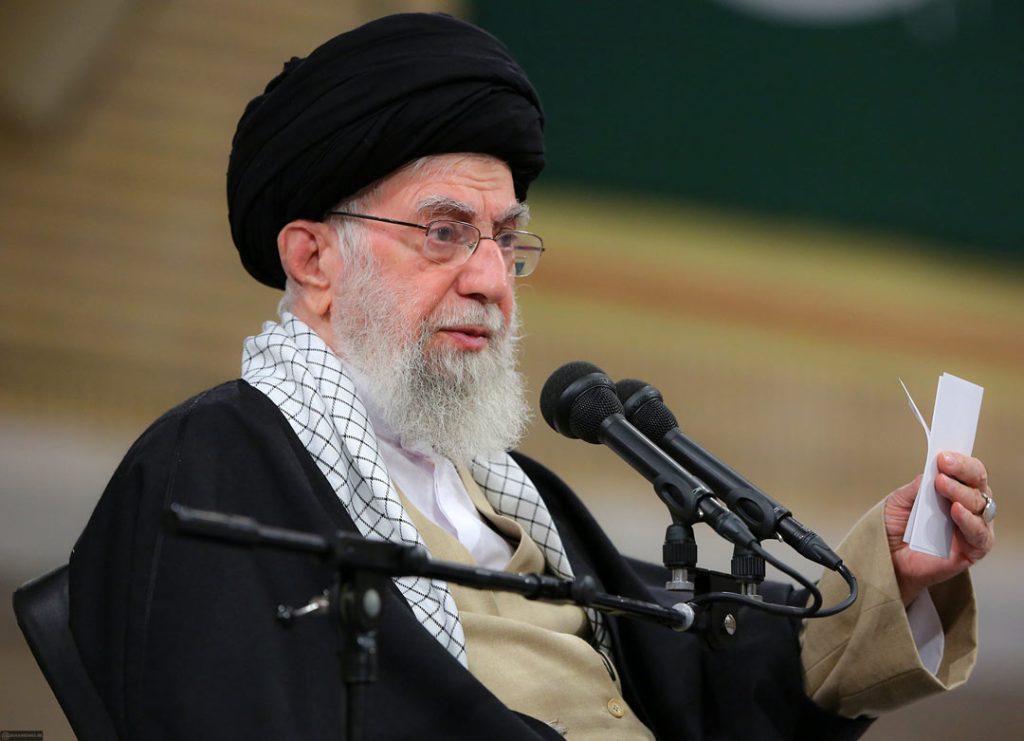India and Iran have gotten embroiled in a diplomatic spat, highlighting the complexities of their long-standing relationship.
Iran’s Supreme Leader Sayyid Ali Khamenei’s comments on the treatment of minorities in India have led to a tense stand-off.

What did Iran’s leader say, and how did India react?
The controversy began when Iran’s Supreme Leader Ali Khamenei made remarks suggesting that Muslims in India are suffering.
The Indian government not only took the statement as an affront but also deemed it “misinformed and unacceptable.”
The Ministry of External Affairs responded by urging Iran to reflect on its own human rights record before commenting on others, marking a sharp divergence from the traditionally cordial exchanges between the two nations.
A diplomatic friction in a strategic partnership
The diplomatic friction comes at a time when both countries have recently deepened their economic ties, particularly through the development of Chabahar Port.
In May 2024, India and Iran signed a landmark agreement to enhance the port’s capabilities. The port is seen as a critical gateway for India to access Central Asia and beyond, bypassing Pakistan. The deal was also perceived as a strategic move to counter China’s growing influence in the region through projects like the Belt and Road Initiative.
India’s involvement in Iran’s entry into BRICS underscores the strategic importance of Iran for India’s foreign policy. Yet, the recent comments have introduced a new layer of complexity.
Speaking at a conversation hosted by the Hudson Institute, Diplomat Richard Verma of the United States suggested that while India-Iran relations remain transactional, there’s an absence of deepening cooperation and shared values.